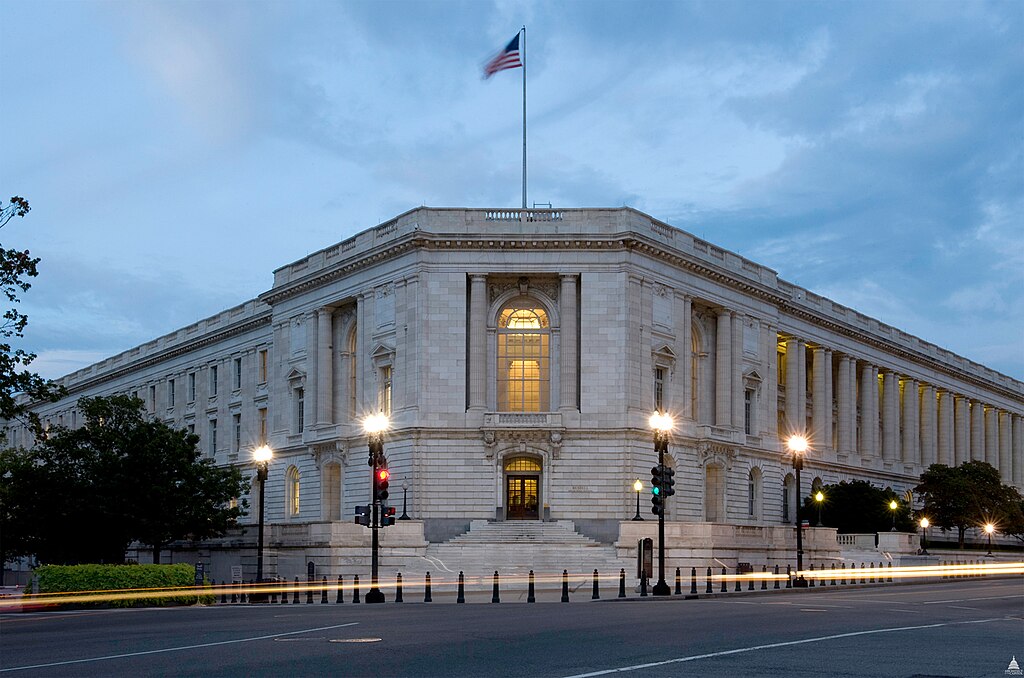The Bank of England is preparing to introduce new rules limiting banks’ exposure to cryptoassets by 2026, aiming to safeguard financial stability amid the growing influence of digital assets. David Bailey, executive director of prudential policy at the Bank, announced the plans during a speech at Risk Live Europe in London.
Bailey emphasized a cautious approach, noting that the U.K. will likely start with more restrictive crypto regulations, especially given the volatility and potential for total investment loss associated with assets like bitcoin. He stated that stricter standards could be eased later if sufficient evidence supports such adjustments.
These upcoming regulations will align with the Basel Committee on Banking Supervision’s crypto risk framework. The Committee recommends that banks limit their exposure to cryptocurrencies such as bitcoin to just 1% of their total capital. The U.K. aims to implement this Basel disclosure framework by early 2026, allowing regulators to better monitor systemic risks tied to digital assets.
This move follows global concern about the financial sector's vulnerability to crypto market swings, especially after the 2023 collapses of crypto-exposed banks like Silicon Valley Bank and Silvergate. As a result, countries like the U.K. are tightening oversight to prevent similar shocks.
Alongside the Bank of England’s prudential rules, the Financial Conduct Authority (FCA) is also preparing to roll out its own regulatory framework for crypto markets. Together, these measures reflect the U.K.’s broader effort to bring crypto under a clearer regulatory umbrella, balancing innovation with financial risk management.
As the 2026 deadline approaches, banks operating in the U.K. will need to prepare for stricter compliance requirements, especially those engaging with high-risk digital assets.

























Comment 0